#DismantlePreservation was hosted July 26-30, 2021! The unconference worked to continue pushing cultural resource conversations in a range of directions and featured current students/recent graduates from around the world! Visit this link to check out the full live presentation recording playlist. Click here to learn about the other presentations and presenters.
Click on the poster presentation titles below the image carousel to view at full resolution. Presenters are available for questions via email or social media to answer your questions during the Dismantle Preservation (un)conference.
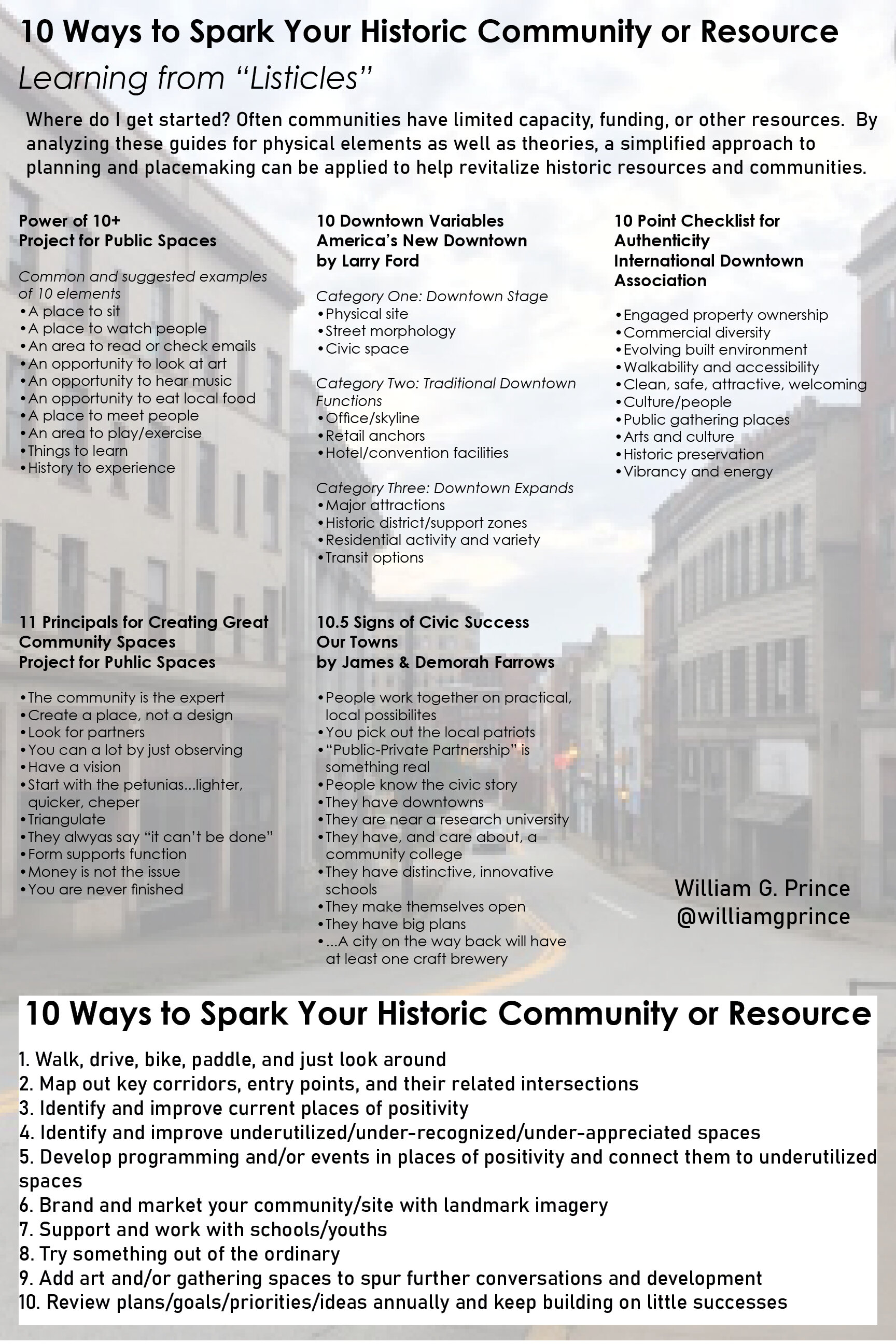
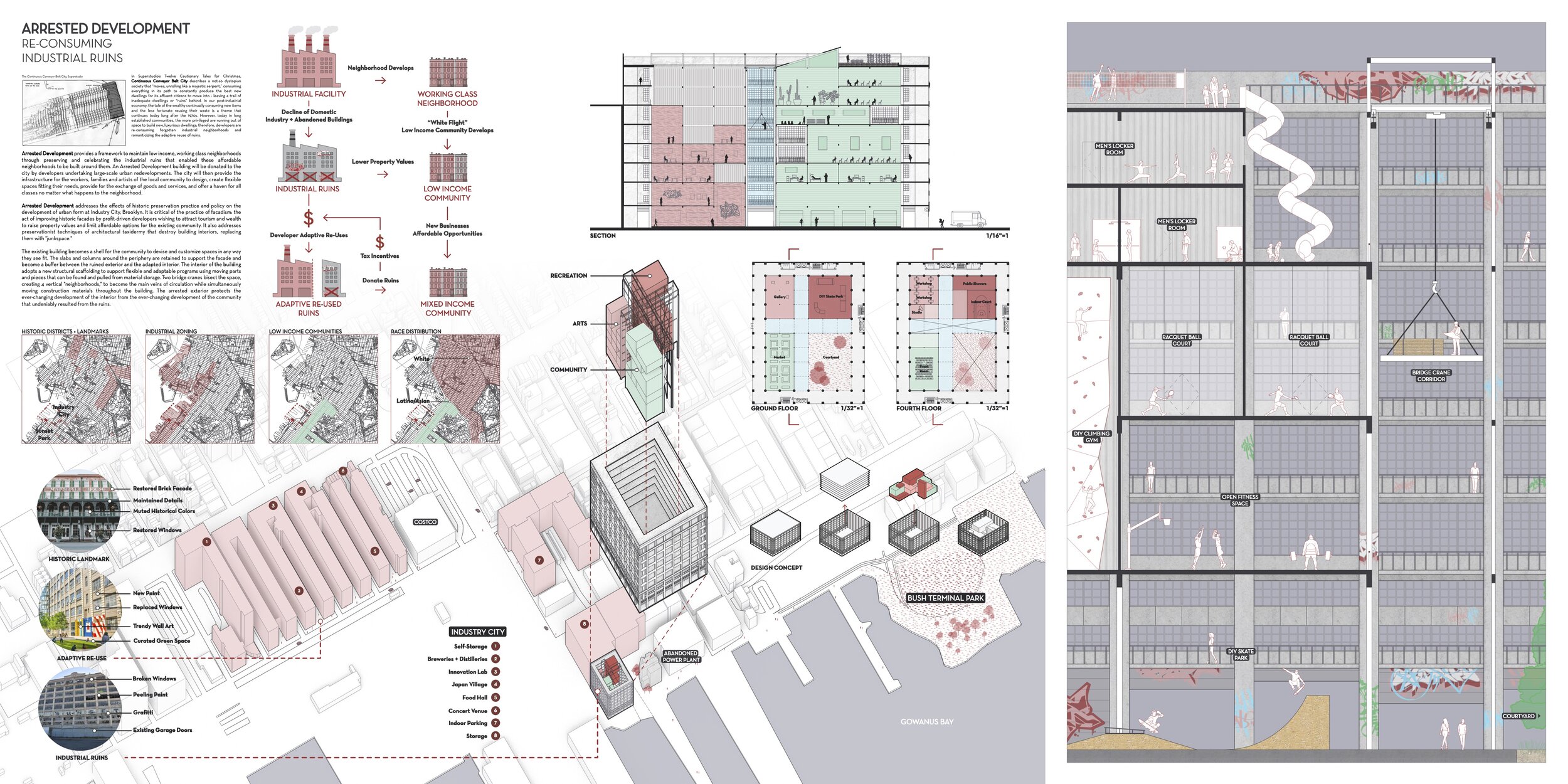
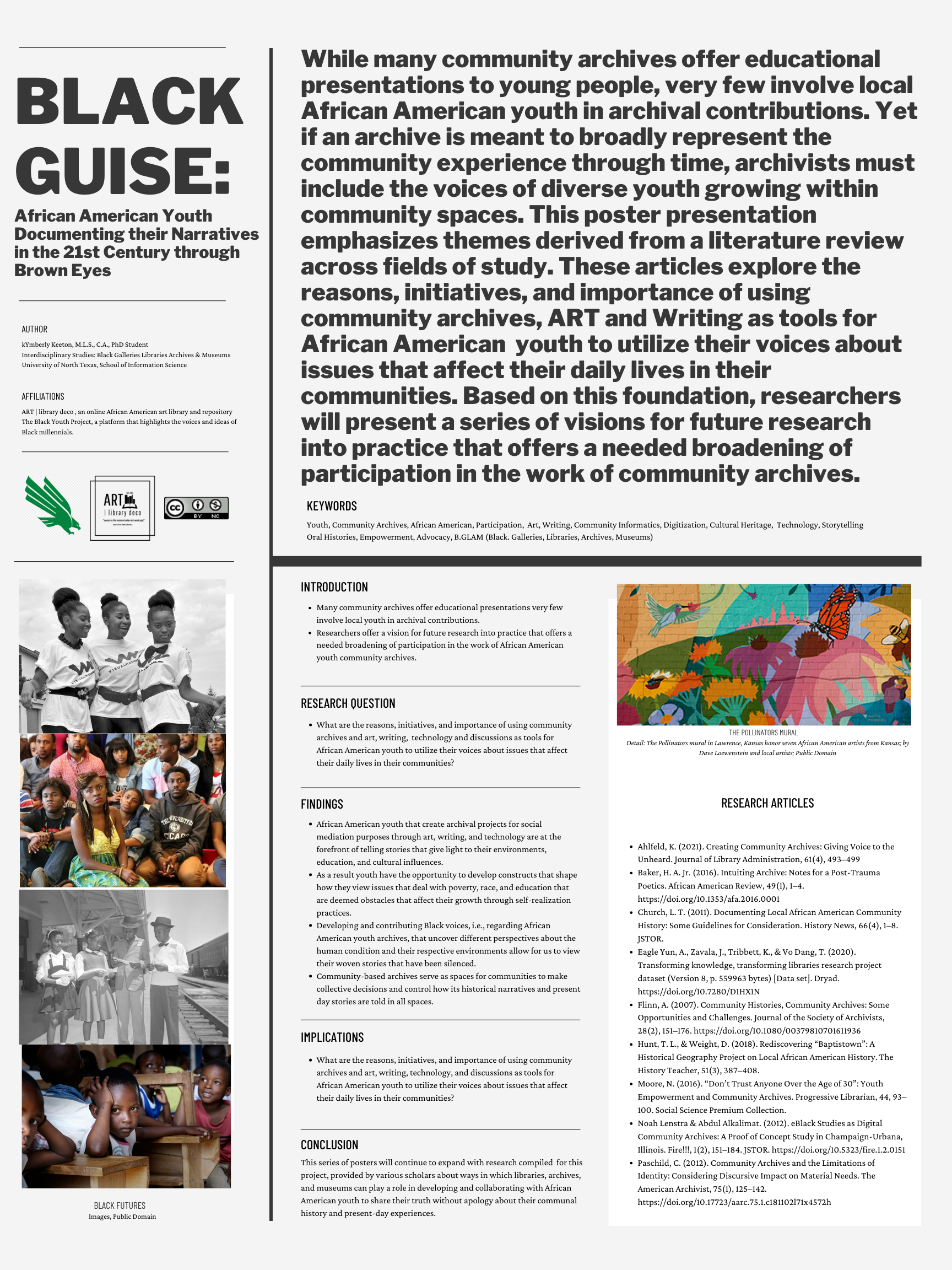
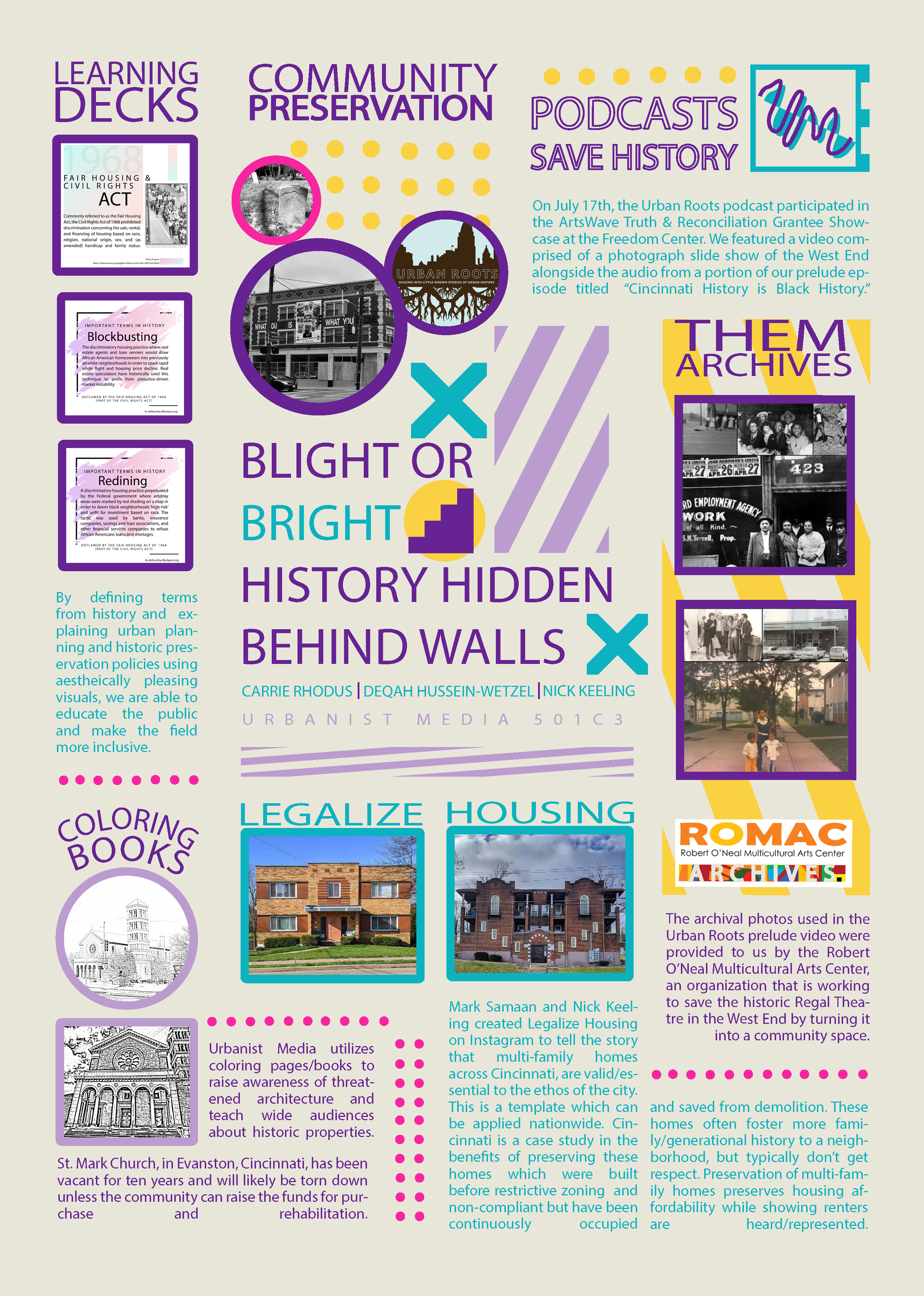
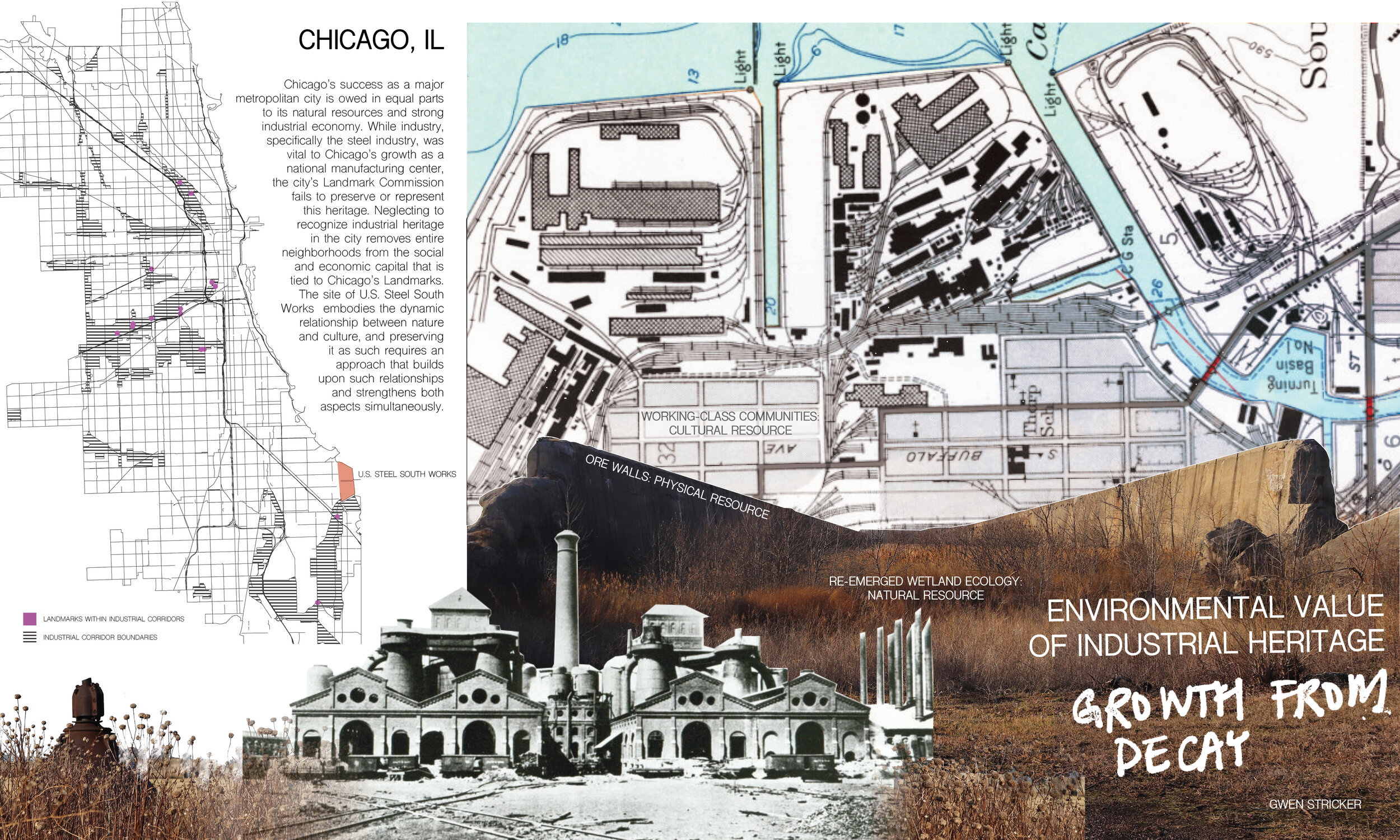
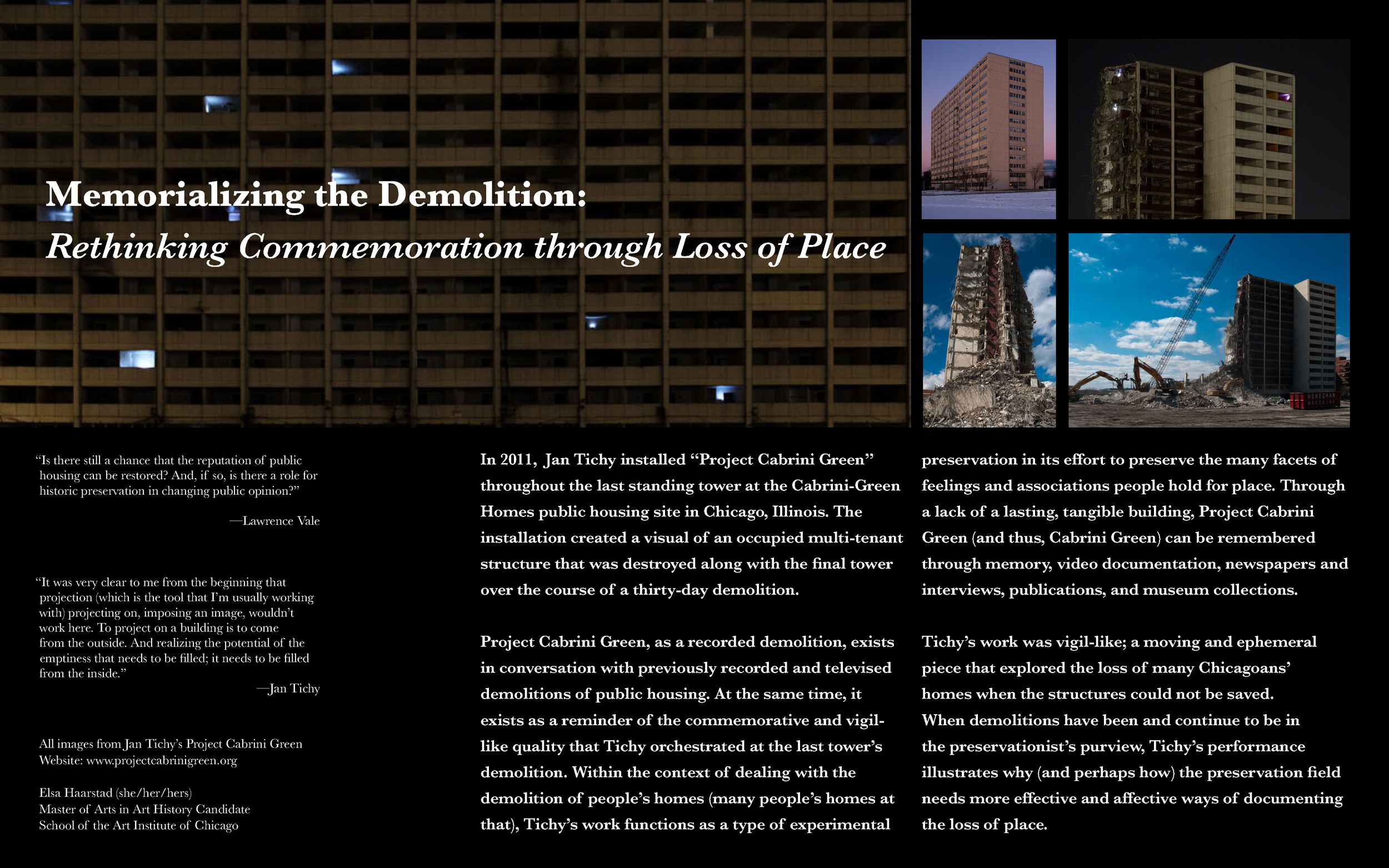

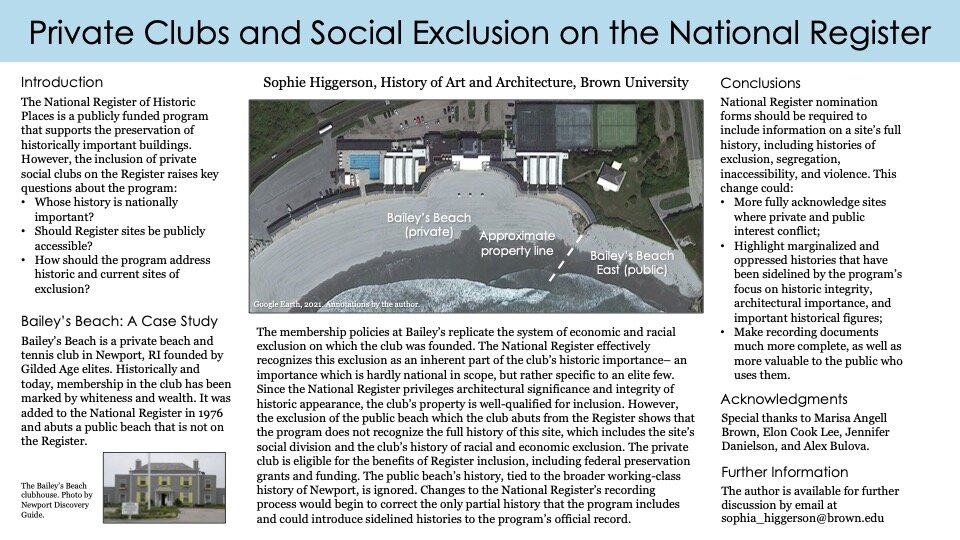
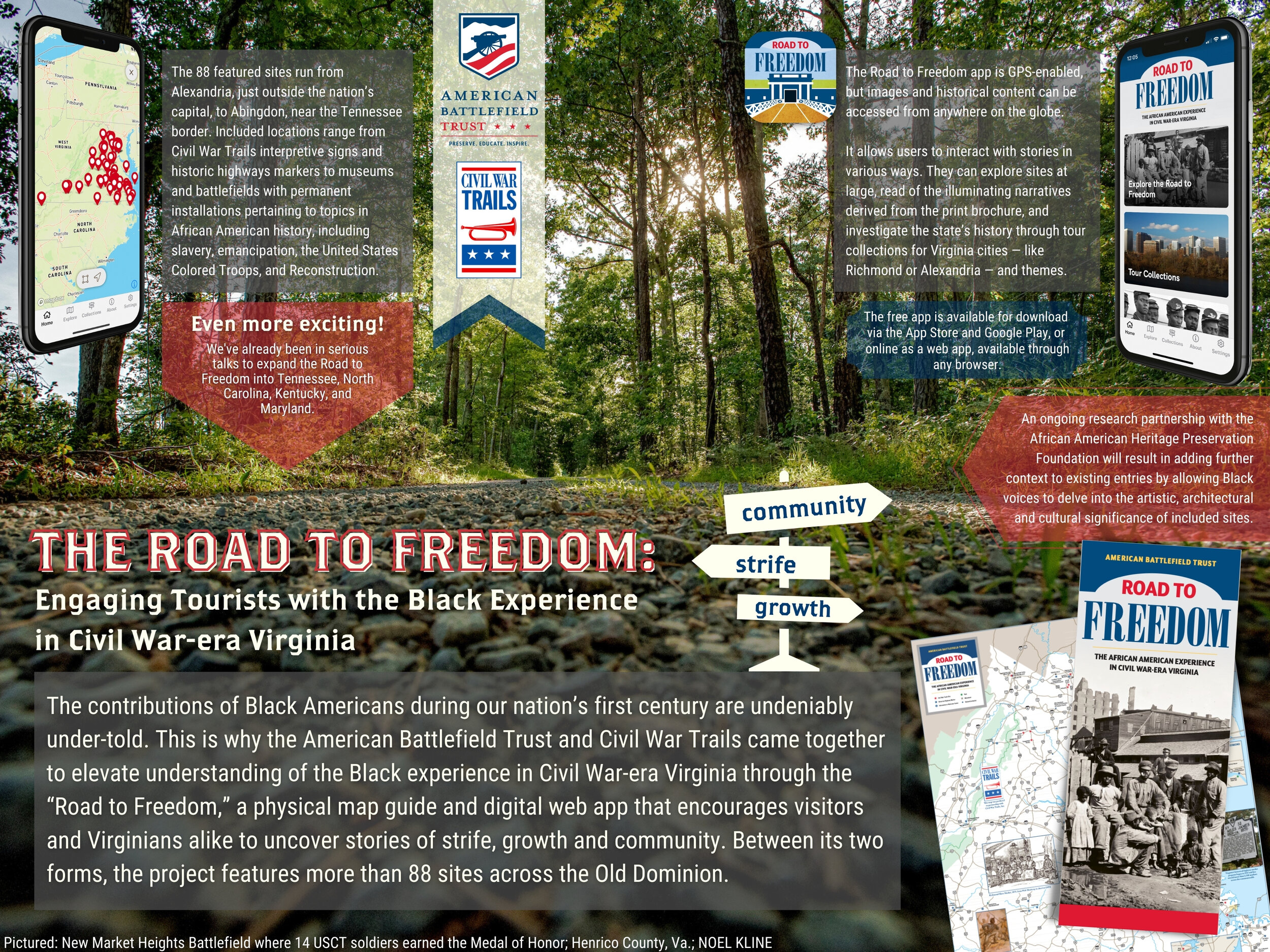
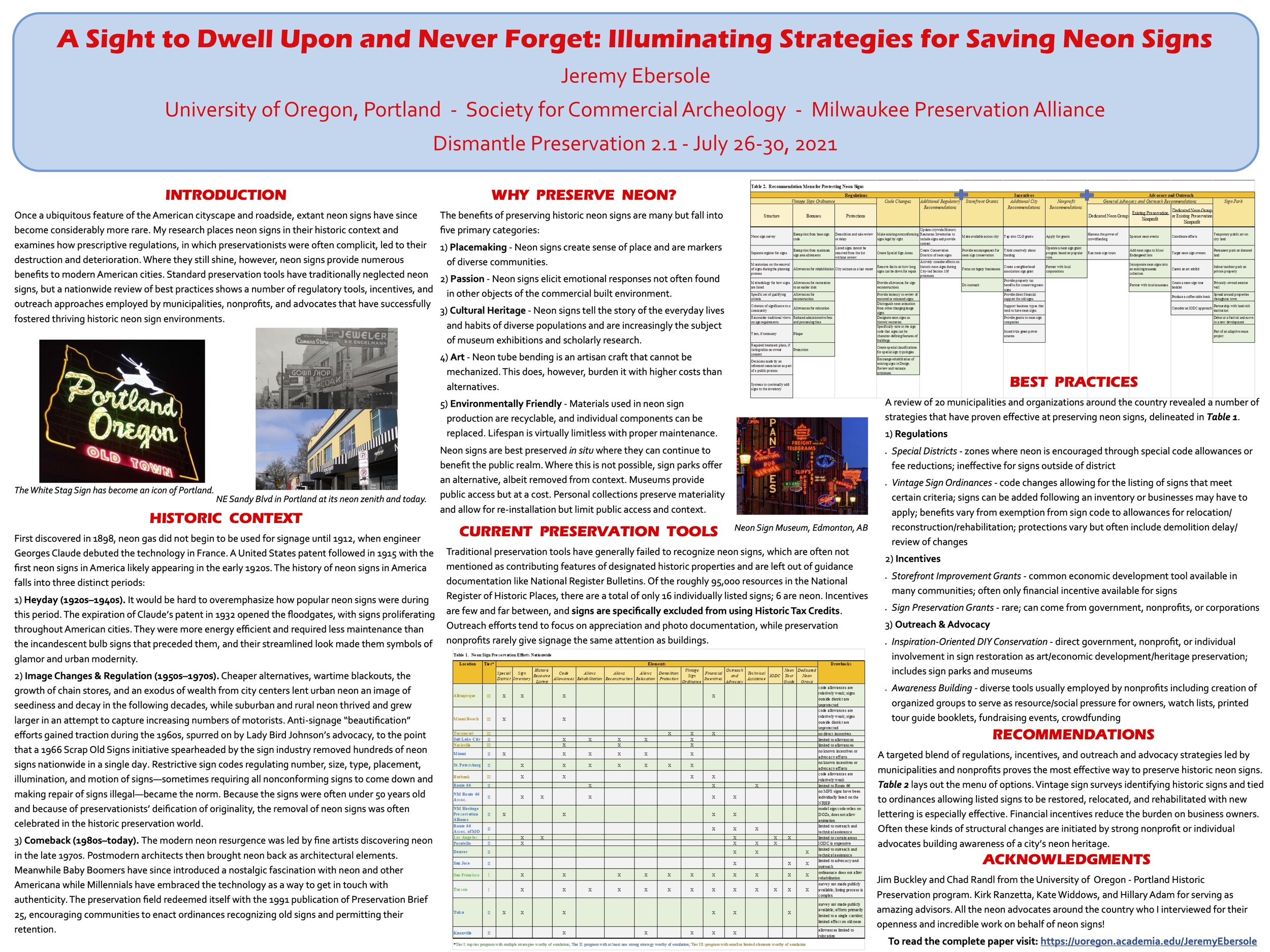
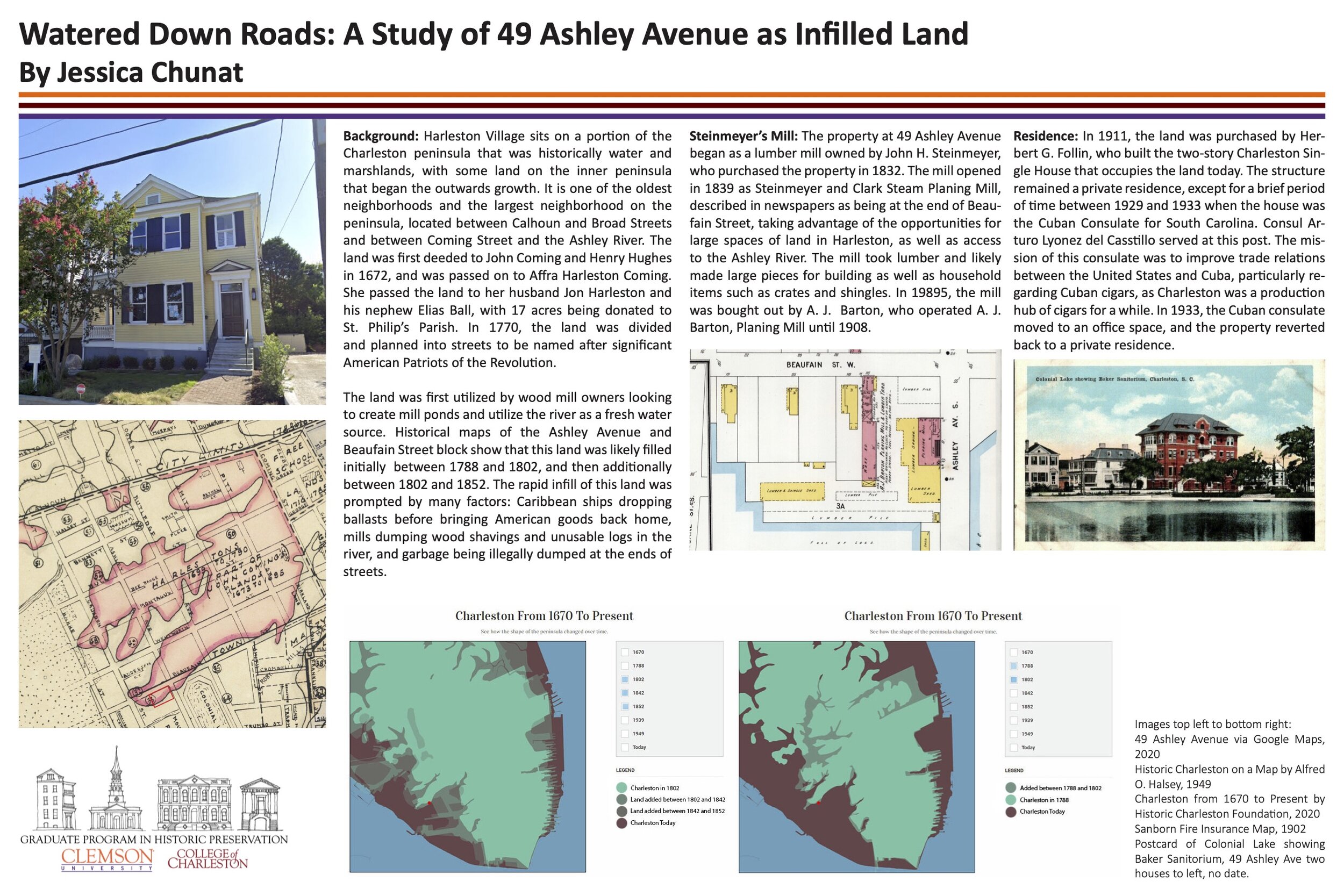
Click on the poster presentation titles below to view at full resolution.
10 Ways to Spark Your Historic Resource/Community - Learning from "Listicles," Where do I get started? Many communities have limited capacity, limited funding, and resources, and it can be difficult to know where to begin. Various publications of "listicles" featuring ways to approach revitalization have been analyzed to find commonality and key take-aways for you to get started. Whether you have formal plans sitting on a shelf, new and unusual ideas, or things that were "tried 30 years ago, this analysis will inspire you for some instant planning that you might not have considered when evaluating your efforts.
Presenter: William (Will) Prince, MPS - - Historic Preservation & Community Development Professional; LinkedIn, Instagram, Twitter
Arrested Development: Re-Consuming Industrial Ruins in Sensitive Communities, Arrested Development proposes a framework to protect low income, working class communities from displacement during the redevelopment of post-industrial neighborhoods through preserving the decay of the industrial ruins that enabled these affordable neighborhoods to be built around them. Arrested Development provides the infrastructure for the workers, families and artists of sensitive local communities to design and create flexible spaces fitting their needs, facilitate the exchange of goods and services, and offer a haven for all classes no matter what happens to a post-industrial neighborhood.
Presenter: Mariel Hamer, Project Designer; LinkedIn
BLACK GUISE: African American Youth Documenting their Narratives in the 21st Century through Brown Eyes, This poster presentation emphasizes themes derived from a literature review across fields of study. These articles explore the reasons, initiatives, and importance of using community archives and art as tools for African American youth to utilize their voices about issues that affect their daily lives in their communities.
Presenter: kYmberly Keeton, PhD Student, Information Science, Concentration: Interdisciplinary Studies, University of North Texas; Website
Blight or Bright: Histories Hidden Behind Walls, This poster will promote preservation resources that Urbanist Media is developing for Cincinnati neighborhoods, such as the Urban Roots podcast’s Lost Voices of Cincinnati Series, which digs into the little known stories of urban history, in an effort to call attention to the importance of collaborating with historically underserved neighborhoods. The poster will illustrate how Urbanist Media strives to document historic properties and use community education decks, architectural history coloring books, and digital media to make preservation more accessible. This content will be inclusive, transdisciplinary, and, hopefully, begin to transform the way the preservation movement interacts with communities and urban planning.
Presenters: Carrie Rhodus, Historic Preservation Specialist; Deqah Hussein-Wetzel, Architectural Historian; Chase Osborne, Historian/ Digital Designer; Nick Keeling, Urban Planner; Website, Instagram
Industrial Decay: Ascribing Environmental Value to Industrial Heritage Sites, Industrial heritage narratives highlight the ways in which humans shaped or manipulated nature, often failing to discuss a dynamic flow of power between nature and culture. Industrial ruins represent that power flow and present an opportunity to ascribe value to the ambiguity between human interventions and natural decay by means of environmental value. The proposed definition of environmental heritage value aims to give power to communities whose cultural values are tied to industrial sites that have largely been excluded from mainstream preservation’s political, economic, and social advantages while simultaneously aiming to preserve relationships and resilience of communities tied to industrial pasts by re-evaluating the metrics used to ascribe heritage value.
Presenter: Gwen Stricker, Preservation Architect; LinkedIn, Instagram
Memorializing the Demolition: Rethinking Commemoration through Loss of Place, In 2011, Jan Tichy installed "Project Cabrini Green" throughout the last standing tower at the Cabrini-Green Homes public housing site in Chicago, Illinois. The installation was vigil-like; a moving and ephemeral piece that explored the loss of many Chicagoans’ homes when the structures could not be saved. When demolitions have been and continue to be in the preservationist's purview, I explore how Tichy’s performance illustrates why (and perhaps how) the preservation field needs more effective and affective ways of documenting the loss of place.
Presenter: Elsa Haarstad, Master of Arts in Art History Candidate; Instagram, Twitter
Modern(ized) Ypsilanti: Mid-twentieth-century updates to the nineteenth-century landscape, In the middle of the twentieth century, commercial and residential property owners in Ypsilanti, Michigan, updated their aging nineteenth-century buildings with modern features and expanded them to meet changing needs. While these modifications might today be deemed incompatible, insignificant, or—most damning of all—ugly, they are part of the city's story and worth a closer look.
Presenter: Katie Delahoyde, Historic Preservation grad student at Eastern Michigan University; LinkedIn, Instagram
Private Clubs and Social Exclusion on the National Register, The National Register of Historic Places is meant to preserve the nation's important historical sites, but the program often reflects existing systems of social inequality. Taking a private club in Rhode Island as a case study, this project examines how changes to the program could address this issue.
Presenter: Sophie Higgerson, PhD Student; LinkedIn
The Road to Freedom: Engaging Tourists With the Black Experience in Civil War-era Virginia, The contributions of Black Americans during our nation’s first century are undeniably under-told. This is why the American Battlefield Trust and Civil War Trails came together to elevate understanding of the Black experience in Civil War-era Virginia through the “Road to Freedom,” a physical map guide and digital web app that encourages visitors and Virginians alike to uncover stories of strife, growth and community. Between its two forms, the project features more than 88 sites across the Old Dominion.
Presenter: Colleen Cheslak, Communications Associate at American Battlefield Trust, LinkedIn
A Sight to Dwell Upon and Never Forget: Illuminating Strategies for Saving Neon Signs, Few elements of the twentieth century built environment have historically stirred as much optimism, ire, and nostalgia as neon signs. Despite a growing appreciation for their value by both municipalities and the general public, however, the fate of America’s neon signs is far from secure. My poster urges preservationists to take seriously the value these often-overlooked marriages of art and commerce add to our built and cultural heritage and explores solutions to how municipalities and nonprofits can work together to better ensure that neon signs remain a vital part of the environment.
Presenter: Jeremy Ebersole, Executive Director, Milwaukee Preservation Alliance and Board of Directors, Society for Commercial Archeology; Research, LinkedIn, Instagram
Watered Down Roads: A Study of 49 Ashley Avenue as Infilled Land, Over 40 percent of Charleston, South Carolina is made of infilled land that has gradually grown over time. This research looked into the history of one lot in Charleston, when the land was filled in, what makes this property unique, and what preservation concerns we may have when looking at heavy development on man-made land.
Presenter: Jessica Chunat, M.S. Historic Preservation Student; LinkedIn, Instagram
This year’s Dismantle Preservation was made possible thanks to the generous support of the Alphawood Foundation, Museum Hack, and Ilene & Norman Tyler.

